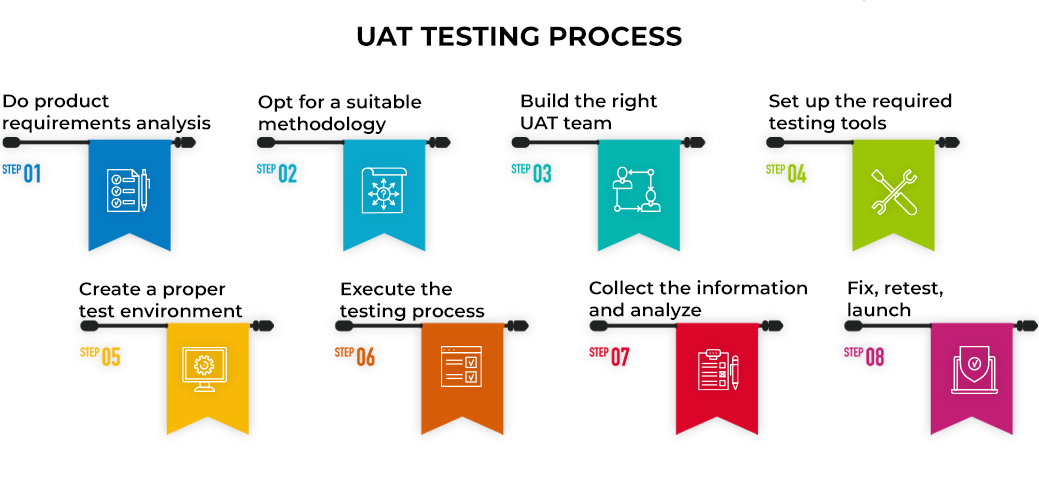User Acceptance Testing (UAT) is a critical phase in software development where end-users evaluate the system to ensure it meets their business requirements. Traditionally, UAT has been a manual process, relying on testers to execute scenarios and validate the system’s functionality. However, with the advancements in technology, test automation has emerged with the UAT testing tools as a valuable asset in streamlining and enhancing the UAT process.
Accelerated Testing Process:
One of the primary advantages of test automation in UAT is the acceleration of the testing process. Automated tests can be executed much faster than their manual counterparts, allowing teams to complete UAT in a more efficient manner. Speed is incredibly important, in today’s moving development cycles where quick releases and updates are the standard.
Consistency and Repeatability:
Automation ensures consistency in test execution, eliminating the variability introduced by human testers. Automated tests can be run repeatedly without fatigue, ensuring that the same test scenarios are executed consistently each time. This repeatability is essential for verifying that changes or updates to the system have not introduced unexpected issues.
Comprehensive Test Coverage:
Test automation facilitates the creation and execution of a comprehensive suite of test cases, covering a wide range of scenarios. This is particularly beneficial in UAT, where diverse user interactions and business processes need to be validated. Automated tests can be designed to cover a broad spectrum of scenarios, ensuring a thorough evaluation of the system’s functionality.
Regression Testing:
As new features are added or existing ones are modified, it is crucial to ensure that these changes do not negatively impact previously validated functionalities. Test automation is invaluable for regression testing in UAT, as automated test suites can quickly verify that the existing features remain intact while validating the new enhancements.
Improved Accuracy:
Automated tests execute predefined steps with precision, minimizing the likelihood of human errors. In UAT, where the goal is to validate that the system meets user expectations, the accuracy of the testing process is paramount. Automated tests enhance accuracy by executing test cases exactly as designed, reducing the risk of overlooking critical issues.
Early Detection of Defects:
Test automation enables the early detection of defects in the software development lifecycle. By incorporating automated tests into the UAT process, teams can identify and address issues promptly, preventing them from reaching production. Early defect detection not only saves time and resources but also enhances the overall quality of the software.
Resource Optimization:
Automating repetitive and time-consuming UAT tasks allows testing teams to allocate resources more effectively. Manual testers can focus on exploratory testing and complex scenarios, while automated tests handle routine, repetitive tasks. This optimization of resources leads to a more efficient UAT process and enables testing teams to deliver higher-quality results.
Conclusion:
In conclusion, Opkey’s end-to-end test automation solution revolutionizes User Acceptance Testing (UAT) for packaged applications. With features such as automation testing without coding, Test Discovery, and robust Reporting and Analysis, Opkey accelerates testing, optimizes coverage, and simplifies the testing lifecycle.
This platform empowers teams of varying technical expertise, enhances focus on critical processes, and provides comprehensive insights through easy-to-understand reports.
Opkey becomes a catalyst for success in achieving business objectives by ensuring early bug detection and seamless adoption. Elevate your UAT experience with Opkey for a streamlined and efficient testing process without compromising on scope or quality assurance.

















Leave a comment